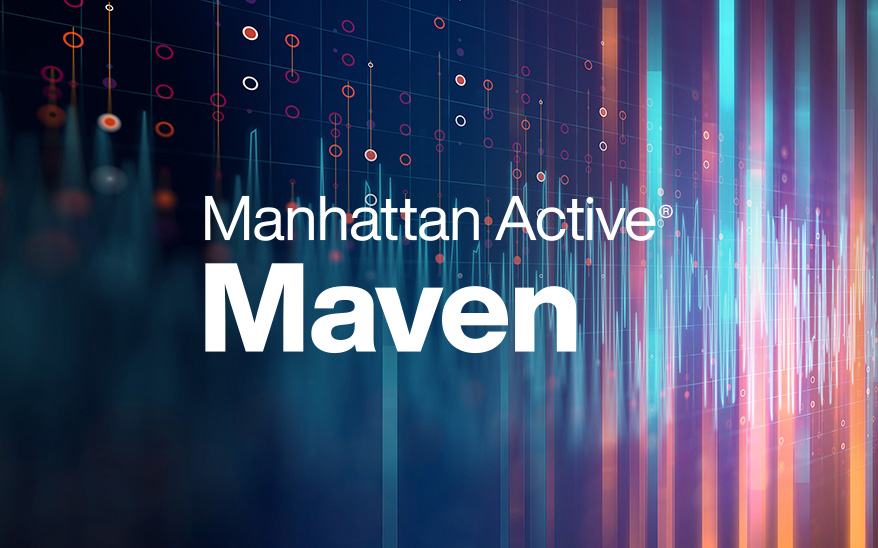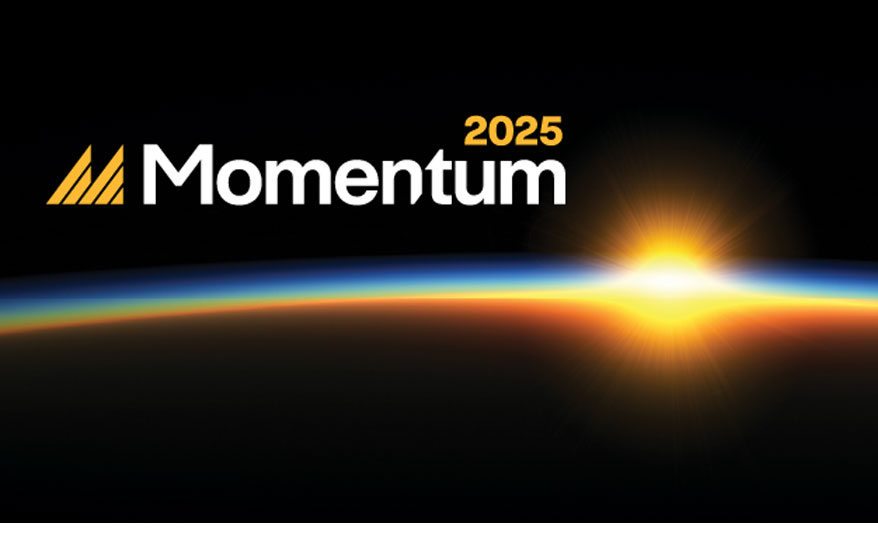It’s only paper until you get to execution: Strategies, tips and pitfalls of modern transportation procurement
- March 13, 2020
- By Bob Jarvis

The biggest constant in transportation today is change. It is forcing companies to rethink how they plan, optimize, execute and collaborate with trading partners. The effort to move closer to the customer – by virtually all businesses – means supply chain networks of old must be replaced with more links, more nodes and smaller, more frequent shipments. These changes impact shipping lanes, volumes, cost, driver satisfaction, turnover – all of the things that naturally affect shipper-carrier collaboration.
Having the right procurement strategy and streamlining the procurement process are necessities these days. A four or six-month project to collect new rates simply doesn't work in today's world. But as a shipper - where do you start? And how can you create and execute a successful procurement transformation?
Creating a procurement strategy
The very first step is to analyze your network and really understand what it’s made of – your lanes, carriers, needs, volumes … everything! Given the growing complexities in transportation, this is a challenging but vital exercise.
You also must know the data. Making your procurement solution a part of your transportation management system (TMS) is a best practice because it gives you access to a wealth of information. That data could include things like score carding and historical shipment data for example on check-in and check-out times, transit times, wait times and loading and unloading times at facilities. Access to this information allows you to make it part of the procurement and negotiation process.
Once you know your network and the data, you can present it as an opportunity to carriers. It’s important to articulate the requirements of the lanes so carriers can truly understand them and come back with a rate that’s both competitive and realistic. All of the optimization scenarios in the world won’t do any good if they’re not executable. And that means doing the best possible job of identifying the network and the requirements. Remember, it's only paper until you get to execution. That’s when you can optimize the decisions you made during the procurement event.
Finding the right solution
There are four main categories of capability that are essential.
- Bid preparation: The data gathering of historic lanes and rates, pricing, incumbents and service needs, as well as the period to formulate your bid strategy
- Execution: Configuring the bid, sharing the lane attributes with your respective carriers, monitoring the bid and potentially providing feedback between rounds
- Optimization: Comes after the bid is completed and information is collected from all of the carriers. This enables you to run award scenarios based on different business rules and constraints, with the objective of funneling down to an optimal and executable award strategy
- Rate activation: Conversion of bids into contracted rates, including the approval processes to review rates and ensure they are correct
Another major consideration is how the procurement technology integrates with the TMS. A single-platform solution that includes procurement means you don't have to worry about importing data from an external system to your live TMS, which prevents stale rates. A single-platform TMS also offers the flexibility to execute different bid strategies, react to changes in the marketplace and even leverage real-time performance data to uncover opportunities. “Mini-bids” become viable options to address opportunities or problems with specific lanes or particular carriers. With constant change to the links in the nodes, you must be able to react and adapt quickly. Procurement technology integrated within the TMS delivers that agility.
Choosing a technology partner
The right TMS software provider delivers consulting expertise in addition to technology. Procurement is never a one-size-fits-all proposition. Depending on the network, the number of carriers needed can vary from dozens to literally hundreds. A software provider with vast experience can bring multiple proven strategies to the table so you can determine which one is right for your operation.
Another benefit of working with a leading technology provider is the ability to put yourself in the carriers’ shoes. When you display lanes, the provider’s expertise allows you to understand how a carrier views them. The rates, requirements and capacity need to be served up in a way that’s mutually understood by the carriers and your team. A shared vision of expectations is critical, and is directly linked to successful execution.
At the same time, an experienced provider can also help your team avoid the biggest pitfall in procurement, which is “beating up” carriers on price. Saving money is certainly one of the main objectives, but focusing solely on cost tends to deteriorate carrier relationships, trust and capacity commitments.
Finally, an additional advantage of working with a leader in TMS comes during implementation. The right technology partner understands that implementation does not equal adoption. It also takes training and change management. Without a clear explanation of the benefits, team members may be resistant to learning a new procurement system. Success depends on you and your provider managing change by communicating goals, collecting actionable data and training people to generate positive business outcomes. Read more about implementation best practices here.
Make an investment in procurement
The complexities of modern commerce have made many of the transportation networks of the past obsolete. A procurement solution, as an integral part of your TMS, can help you meet business demands, react to change and cut costs. Partnering with a leading TMS provider can help you navigate a successful path from strategy to implementation to execution. Optimize bids. Optimize lanes. Optimize procurement. With Manhattan TMS, you can optimize everything.





